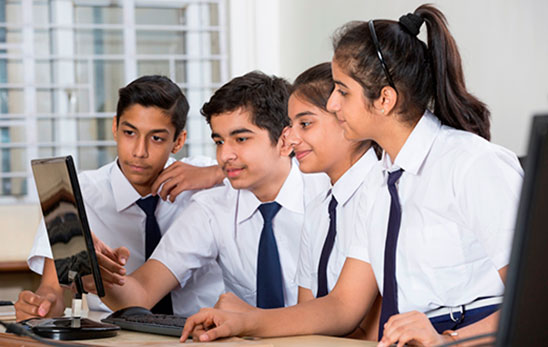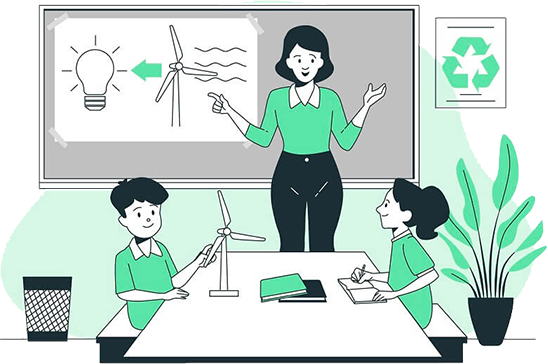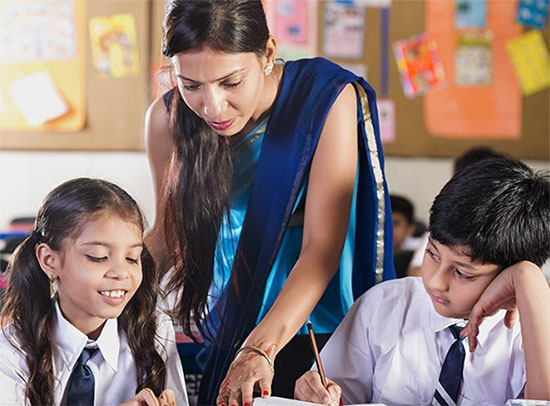Remedial Classes and Remedial Education through Life: A Complete Overview
Get Your Free Trial Now!
Remedial Classes and Remedial Education
In the dynamically changing era of education pedagogy, educators are constantly looking for creative ways to meet the diverse learning needs of students. An integral aspect of this aim is remedial education, which includes a number of areas of study from various scientific disciplines and areas of expertise that provide extra support to students who are having a difficult time academically.
Supportive classes play a core role in remedial education, acting as a saver for students who need extra help. By performing a gap analysis, we can better understand the needs of these students. Taking a closer look at Remedial Classes and remedial education, we will provide information on their importance, methods, challenges, and the outcomes remedial education produces in the life of an average student.

Understanding Remedial Education

Remedial education is the term given to the special instruction programs that are developed with the purpose of addressing minimum skills in core subjects such as math, language arts, and sciences, among others. Such programs are very valuable because they help students set and meet requirements for the grade.
Remedial education tries to fill the gaps and improve the skills of students who may have lagged behind for many reasons that may include learning disabilities, language barriers, poverty, or other issues.
The Role of Extra Classes
Remedial classes encompass the broad array of remedial education by providing both focused and customized solutions to students that require additional help. These mainly encompass the smaller classes, with more focused attention on individual progress and unique instruction.
In a remedial class setting, educators can pinpoint the exact field where a student is having issues and put across academic interventions to address those challenges.

Regarding the role of remedial classes and remedial education
Individualized Learning
Remedial classes allow teachers to develop and adapt teaching techniques to the diverse learning styles and abilities of each student. Through this customized methodology, learners will be working in a more engaging learning environment where they will be able to understand concepts at their individual pace.
Closing Learning Gaps
Remedial education, therefore, is very useful in assessing where the learners have learned and where they need tutoring in order to close the learning gaps that may have happened over time. Through identification and tackling of issues that is key, student’s ability to build on a strong academic foundation is boosted, hence making their learning experience more remarkable.
Building Confidence
Students who are struggling with their studies are very likely to lose their confidence as well as their self-esteem. Remedial classes encourage students to re-learn skills and knowledge, and resulting from this, the students boost their confidence and attitude towards learning.
Preventing Dropout Rates
Remedial education has been noted as a contributing factor to a decrease in withdrawal rates. Standing in for them early on and dedicating the appropriate resources to their education makes the students less likely to disengage with their education and hence drop out.
Preparation for Future Success
Completion of remedial classes provides students with core skills that they can utilize in future classes. Regardless of whether it can be seen in higher education or the workforce, a strong academic foundation is what a person needs in order to be able to keep on succeeding.
Methodologies in Remedial Classes
Remedial classes use multiple forms of instruction to meet the requirements of different students. These may be implemented in different ways, such as approach learning individually, learning assisted with technology, using hands-on activities. The goal is to employ learning techniques that mobilize students based on their preferred learning styles and that also enhance knowledge acquisition.
Differentiated Instruction
The mark of remedial classes is making directions specific to the needs of each student. Distinctive instruction may consist of slowing the speed of learning, using extra resources, or offering alternative evaluations to take care of the diversity of learning.
One-on-One Tutoring
Individualized attention by tutoring one-to-one is the key tool to making remedial education effective. This approach permits an educator to work directly with the student to ensure that they maximize their potential and receive appropriate aid.
Technology-Assisted Learning
Technology integration into remedial coursework increases student engagement and provides learning in an interactive format. Students can utilize educational apps, online tools, and digital mediums to practice and reinforce learning in a way that is engaging and easy.
Challenges for Remedial Classes
Some of the problems in the implementation of remedial classes are:
 Stigma and Perception
Stigma and Perception
There is a tag that is connected to remedial classes. Some students see these classes as an indication that they can't keep up with their peers. This perception is critical to the production of the right atmosphere.
 Resource Constraints
Resource Constraints
A shortage of either personnel or materials that may complicate the proper management of remedial classes can become a problem. Institutions of learning and schools have a duty to commit their resources to ensuring the success of these programs.
 Timely Identification of Needs
Timely Identification of Needs
Early identification of students who might need extra teaching is important. Nevertheless, delays in assessment and identification will always put obstacles in the way of prompt implementation of the required interventions.
 Sustainability
Sustainability
The durability of those remedial programs long-term causes concern. Institutions must develop ways to ensure that they remain effective even if the educational system changes. This involves a continuation of remedial classes and education.
Read Also: Gap Analysis Techniques
Conclusions about Remedial Classes and Remedial Education
Remedial classes and remedial education are dignified and necessary instruments for responding to the diversity of the learning needs of students. Through offering personal attention to each student in need, filling the learning gaps, and boosting self-confidence, these programs help a student achieve success in academics. Nevertheless, while the process of remedial education is challenging, the role of remedial education in our society cannot be ignored.
Institutions will need to sustain these programs by allocating enough funds for them so that all students will enjoy the developmental tools they need to prosper. With the complexity of education now in the picture, the priority of offering a range of different and understandable remedial classes is at the core of achieving a more comprehensive and accessible learning environment.

FAQs about Remedial Classes and Remedial Education
What are remedial classes?
Remediation classes are highly personalized instructional sessions that provide extra support to students who lag in their core study areas, such as mathematics, English, and sciences. These classes have the primary purpose of narrowing gaps in learning and ensuring that students can meet expectations for their grade level.
What are the differences between remedial and routine classes?
Remedial classes differ from regular classes in the fact that they possess a more individualized and smaller size. These classes concentrate on the correction of the facts of the subject, choosing the method of teaching according to the individual learning needs.